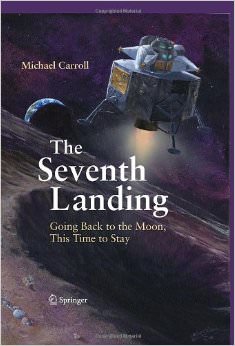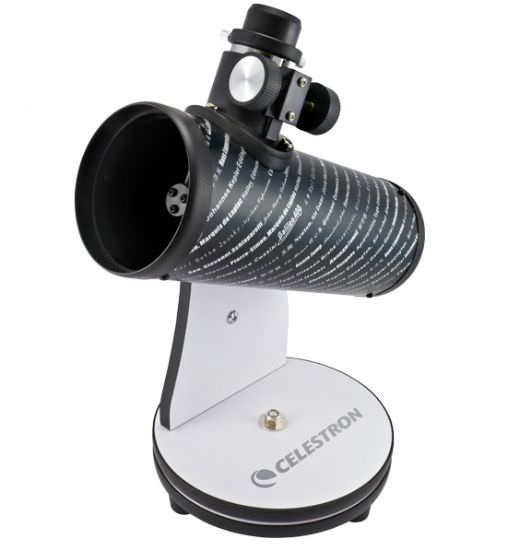Can you remember back to your first love? The one that left you in tears, wondering what ever caused such a disaster. Well, that feeling might come back to you if you read Michael Carroll’s “The Seventh Landing.” For you see, this book anticipates the imminent Constellation program of 2009 that was going to return the United States to the Moon and then on to Mars. We know what happened instead and we know a few tears must have been shed, perhaps even yours.
Yes, this book is all about the Constellation program and its Ares I and ARES V launch vehicles. But more than that, and what makes it still applicable today, is that the book really gets into a lunar landing program as the next step in humankind’s expansion off of Earth — and how it’s the logical precursor to the next step: a settlement on Mars.
This logical progression jumps right out via the table of contents. First there’s an excellent chapter that recovers what’s already transpired; the good and bad of both the Apollo program and the early Soviet space program. The writing style and copious quantities of vintage photographs bring a sense of immediacy and presence.
The second chapter takes you to the promised land. This land is full of large expendable launch vehicles; human rated and ready to transport material and supplies. Here’s where the value of this book continues on to today. That is, the book provides a systems analysis point of view on, for instance, why various engines would be better or how to use ping pong balls to design a lunar capsule. With this, the reader can start to get a grasp on the complexity of this undertaking. Interesting yes, but what about that purpose again? Oh yes, it was to put humans on the Moon. Well that’s the book’s next chapter.
Bring on the Shackleton crater, the nights of -233C and the dust. Lots and lots of dust. As it states, sure there may be some engineering challenges but hey, we’ve been to the Moon already and we’ve been continuing to research it nearly non-stop so we should certainly be able to go back there to live; even if it won’t be easy.
The remainder of the book is somewhat like a lover after their first kiss; all hopes and aspirations. The chapters progress on to the reasons for returning to the Moon or what to do once there. Then, of course, there’s that final question that remains and which the book outlines but doesn’t answer. That is, “Is the Moon really the next step for humanity or should we go Mars direct?” Well, since 2009, there’s been lots of discussion on this topic though as we’ve seen, there’s been very little substance. So in a sense, this book is still a wonderful jumping off point for someone who wants to understand where things lie with regard to the expansion of humans into space even if it won’t be via the launch vehicles of the Constellation program.
Yes, this book has lots of technical detail on elements needed for a Moon program. What also becomes apparent on reading the book is that the author is also an award winning artist of space themes. Thus, the reader receives a reward simply by viewing the book’s images. For instance, it’s got a wonderful image of Werner Von Braun’s plan of space “boats” winging down through the Martian atmosphere. Or, there’s a rendered image of an Altair lander doing a final approach to an established base on the rim of Shackleton. Many other renderings take the reader out from the germane and into a visual playground of possibilities. Certainly, if the Constellation program had been funded, then there’s a good chance that some of these images might be close to reality. But, we will just have to be content with the images for now.
Sometimes being content is the best we can do. For example, perhaps you`ve keep secreted away an old photograph of that first love. It’s so far away that no one will ever know but you. And maybe on a dark lonely night you pull out that photograph and imagine what might have been. Or maybe on that dark night you pull out a copy of Michael Carroll’s “The Seventh Landing” and dream about what might have been. And, of course, you will remember that tomorrow is a new day when anything might come true, even dreams.
Find out more about the book at Springer’s website, and learn more about the author, Michael Carroll, at his website.



